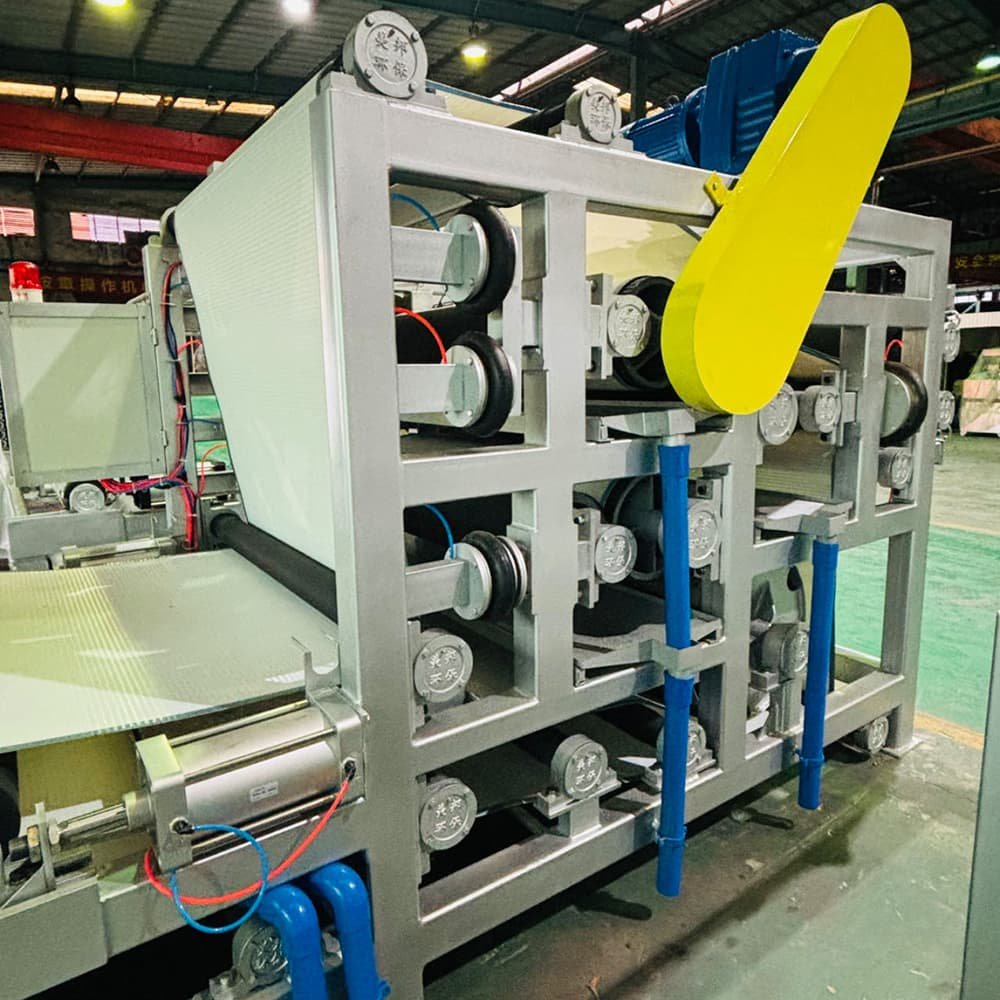Dewatering Equipment
Dewatering equipment finds its applications in the construction and mining industries, also in wastewater treatment, by removing excess water from materials.



Types of Dewatering Equipment
Belt Presses: These are devices using a continuous belt to dewater the sludge. Sludge is fed between the two running belts, and pressure applied by the belts expresses water. Belt presses, on the other hand, are efficient dewatering equipments for volumes of sludge and find application in many municipal wastewater treatment facilities.
Centrifuges: The centrifugal force developed in these machines separates the liquids from the solids. If the centrifuge is spinning, heavier solids will be cast to the outermost part, where dewatered material could be obtained. In fact, this method works very well with fine particles and finds so many applications in industries and municipalities.
Screw Presses: Screw presses dewatering function somewhat similarly to belt press equipments in that they have a rotating screw that provides the force against the sludge to convey and squeeze out the water. Some specific strong points in favor of using screw presses are their very low energy consumption and an ability to accept variable feed materials.
Vacuum Filters: Vacuum filters use a vacuum to pull water through a filter medium. This action separates the solids from the liquids. Since their effectiveness spans a broad field, vacuum filters can also be applied to mining and mineral treatment processes where separation of very fine particles is involved.
Pumps: Submersible and diaphragm dewatering pumps are greatly required in the processes of water removal from construction sites, mines, and flooded areas. They can operate in clear or dirty water and are usually available in portable forms for practical applications.
Applications of Dewatering Equipment
Construction: Dewatering has been considered one of the most vital activities within the building industry to control the groundwater levels, offering stability to excavations and avoiding accumulation of water that may undermine the structures.
Mining: Dewatering equipment is utilized in mining processes to manage the ingression of water in both open pit mines and underground operations to allow the running of extraction processes under safer conditions.
Wastewater Treatment: In the processing of wastewater treatment plants, dewatering equipment plays a key role in managing sludge to reduce the volume of the waste for disposal while increasing the effectiveness of the treatment process.
Benefits
There are several benefits associated with the use of dewatering equipment, including:
Improved Material Handling: Lower moisture content provides stability and allows materials to be transported more effectively.
Cost Efficiency: Effective dewatering will lead to a decrease in waste disposal costs while assisting in the recovery of valuable materials.
Environmental Protection: Adequate dewatering serves to protect groundwater and surface water from pollution due to runoff and volume reduction of wastes.